In the current landscape of global security threats, air defense systems have become crucial for safeguarding military, industrial, and civilian infrastructures. Modern anti-aircraft guns represent a critical component of these defense systems, offering robust solutions for intercepting and neutralizing aerial threats such as enemy aircraft, drones, and missiles.
What is a Modern Anti-Aircraft Gun?
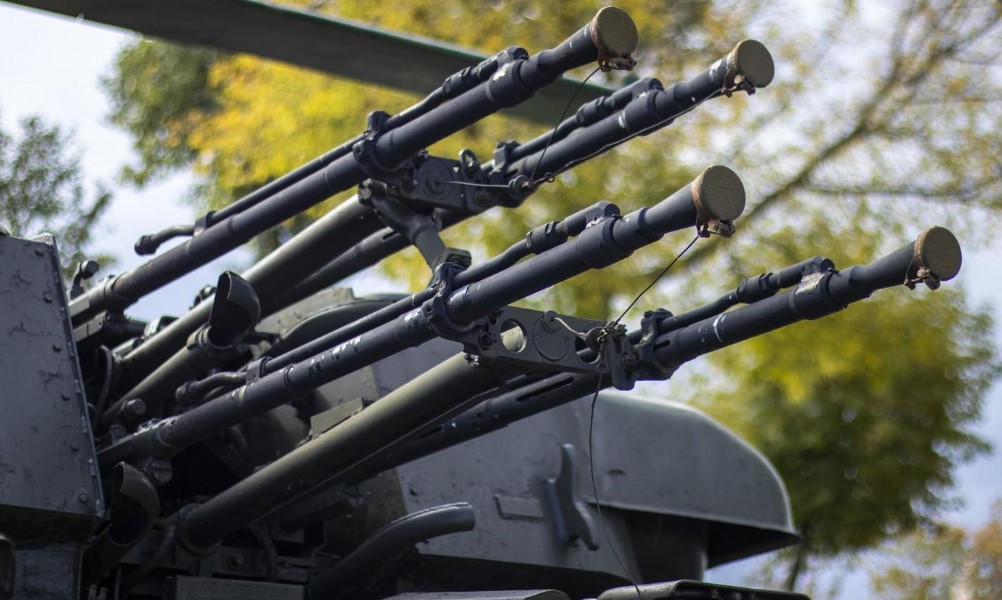
Modern anti-aircraft guns are advanced weapons systems that integrate cutting-edge technology to defend against airborne threats. These systems combine rapid-firing cannons, radar systems, and electro-optical sensors to identify, track, and destroy targets. They play a pivotal role in both military and civilian defense strategies, offering a first line of defense against incoming threats that could cause significant damage.
Over the years, anti-aircraft gun technology has evolved significantly, allowing for faster response times, improved accuracy, and the ability to engage multiple threats simultaneously. Below, we examine some of the most advanced modern anti-aircraft guns, their features, and the benefits they offer for air defense.
1. Rheinmetall Oerlikon Skyshield
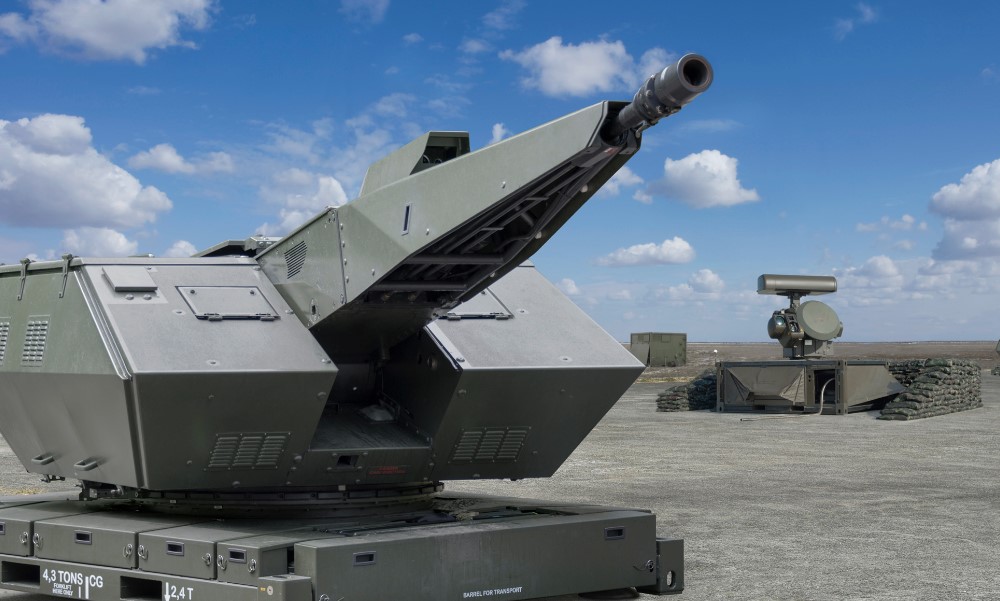
The Rheinmetall Oerlikon Skyshield is a modular air defense system developed by Rheinmetall, a global leader in defense technology. This system is designed for close-range protection and is capable of neutralizing a wide range of aerial threats, including drones, helicopters, and missiles. Its highly advanced radar system and automated fire control system make it one of the most reliable options for stationary and mobile defense.
- Features:
- Advanced Fire Control: The Skyshield is equipped with a fire control system that ensures precise targeting and quick response times, allowing it to engage fast-moving aerial threats with pinpoint accuracy.
- Automated Targeting: The system’s automated features reduce the need for human intervention, allowing for continuous, 24/7 defense capabilities.
- Modular Design: The modular nature of the Skyshield allows it to be easily upgraded or configured for specific missions, making it adaptable to various defense needs.
- Price: The base price of the Rheinmetall Oerlikon Skyshield starts at approximately $5 million, though costs may vary depending on specific configurations and additional features required for different defense scenarios.
- Where to Buy: Rheinmetall offers this system to government defense contractors. Interested buyers can obtain more information and purchase directly from Rheinmetall’s official website.
Benefits:
- Enhanced Precision: The automated targeting and firing system ensure a highly accurate defense, capable of neutralizing even the smallest and fastest aerial threats.
- Scalability: The modular design of the Skyshield makes it scalable to meet both large-scale military operations and smaller, localized defense needs.
- Long-Term Reliability: Built to last, this system is designed to perform under a wide range of conditions, offering reliable protection over long periods with minimal maintenance.
2. Bofors 40 Mk4 Anti-Aircraft System
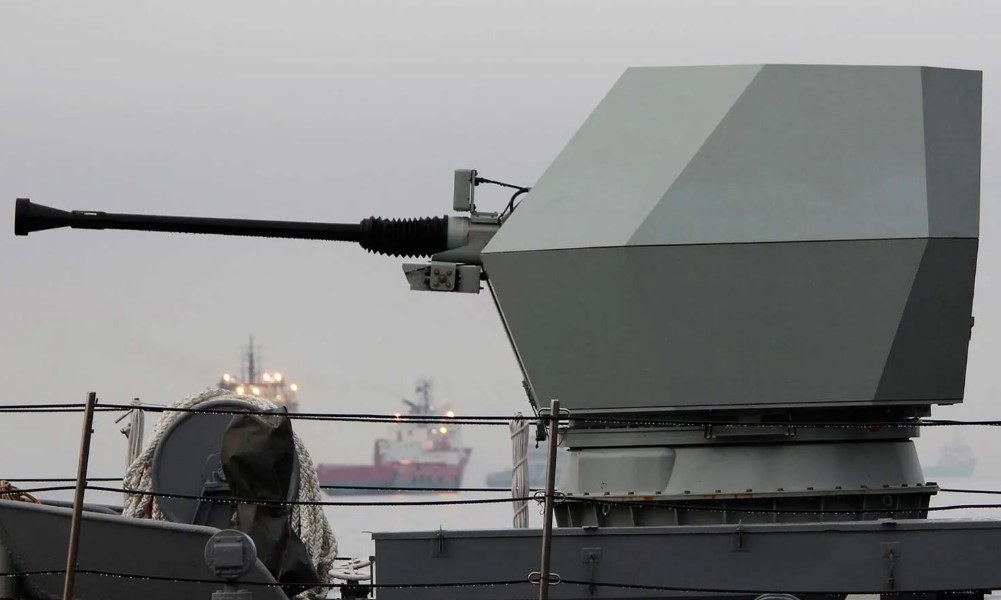
The Bofors 40 Mk4 is a versatile, high-performance anti-aircraft gun developed by BAE Systems. It is widely used in naval and land-based operations due to its adaptability and effectiveness in various combat scenarios. Its 40mm caliber gun provides a high rate of fire, making it ideal for both air and surface defense.
- Features:
- Multi-Target Engagement: The Bofors 40 Mk4 is capable of engaging both air and surface targets, offering a comprehensive defense solution for military operations.
- Lightweight and Mobile: Designed for rapid deployment, this system can be mounted on ships, vehicles, or stationary platforms.
- Advanced Sensors: The system is equipped with cutting-edge radar and electro-optical sensors to ensure accurate detection and engagement of threats.
- Price: Depending on the platform configuration and additional features, the price of the Bofors 40 Mk4 can range from $3 million to $6 million.
- Where to Buy: The Bofors 40 Mk4 can be purchased through BAE Systems, with options for customization based on specific defense requirements.
Benefits:
- Flexibility in Combat: The ability to engage multiple types of targets, including both air and ground threats, makes the Bofors 40 Mk4 a versatile defense tool.
- Rapid Deployment: Its lightweight and adaptable design allow it to be quickly deployed in areas that require immediate air defense, making it highly useful in mobile defense operations.
- Low Maintenance: The system’s robust design minimizes the need for frequent maintenance, reducing operational downtime.
3. Phalanx CIWS (Close-In Weapon System)
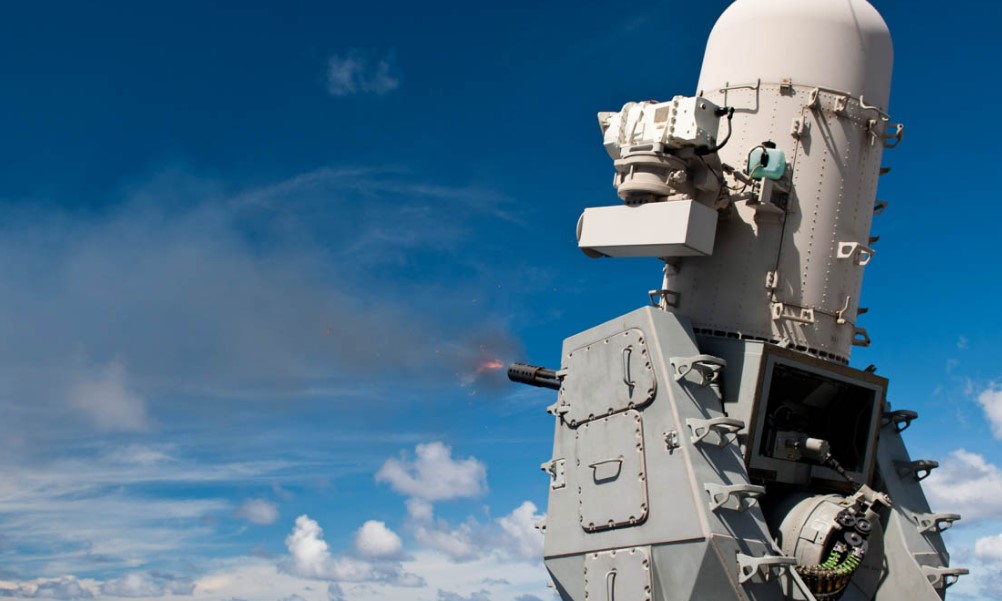
The Phalanx CIWS is a widely used anti-aircraft and anti-missile defense system developed by Raytheon Technologies. Known for its high rate of fire and autonomous targeting capabilities, the Phalanx CIWS is deployed on naval vessels and land installations worldwide. Its 20mm Gatling gun can fire up to 4,500 rounds per minute, providing rapid and effective defense against fast-moving threats.
- Features:
- High Rate of Fire: The Phalanx CIWS’s 20mm Gatling gun delivers a massive rate of fire, capable of neutralizing multiple incoming threats in a matter of seconds.
- Radar-Guided Targeting: The system uses radar to autonomously track and engage targets, ensuring accurate and timely response without requiring manual operation.
- Short-Range Defense: Primarily designed for close-in defense, the Phalanx CIWS excels at intercepting threats that have already breached outer defense layers.
- Price: The Phalanx CIWS is priced between $8 million and $10 million, depending on the specific configuration and deployment platform.
- Where to Buy: The Phalanx CIWS can be procured through Raytheon Technologies.
Benefits:
- Fast Response: The Phalanx CIWS’s ability to fire thousands of rounds per minute ensures that even the fastest-moving threats can be neutralized before they reach their target.
- Autonomous Operation: The radar-guided system operates autonomously, making it an effective and reliable option for high-stress combat situations where human operators may not be able to react quickly enough.
- Proven in Combat: Deployed in numerous naval and land operations, the Phalanx CIWS has a proven track record of success in intercepting and destroying airborne threats.
4. Pantsir-S1 Air Defense System
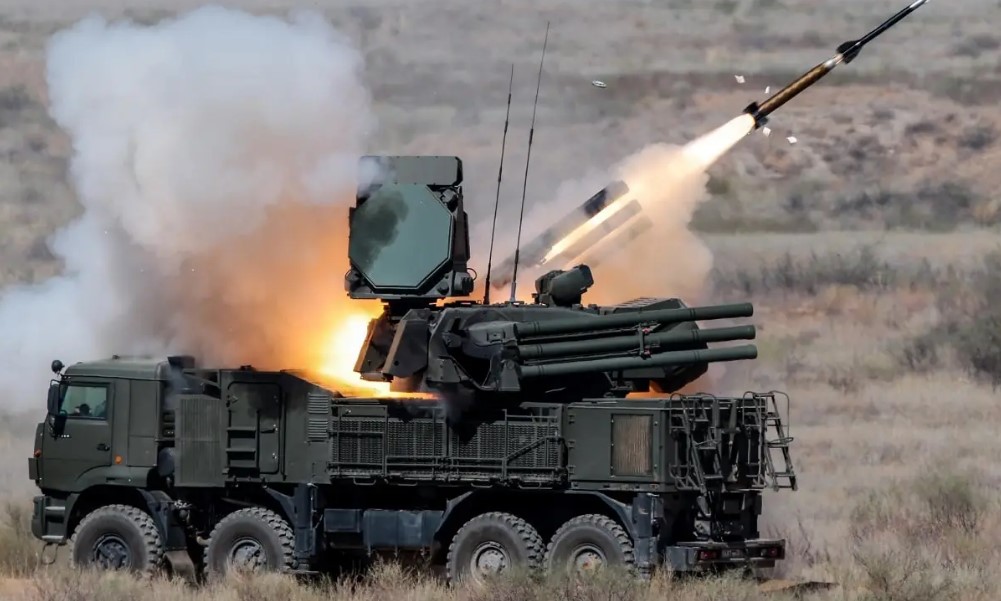
The Pantsir-S1 is a Russian-made, mobile air defense system that combines anti-aircraft artillery and surface-to-air missiles. Designed to provide short to medium-range defense, the Pantsir-S1 is known for its ability to engage a wide variety of aerial threats, including drones, aircraft, and cruise missiles. The system is equipped with both 30mm guns and missiles, providing a layered defense solution.
- Features:
- Dual 30mm Cannons: The Pantsir-S1’s rapid-firing cannons allow it to engage close-range targets with precision.
- Integrated Missile System: In addition to its cannons, the system includes surface-to-air missiles capable of engaging threats at longer distances.
- Advanced Targeting: The Pantsir-S1 is equipped with a combination of radar and electro-optical sensors, allowing it to track and engage multiple targets simultaneously.
- Price: The price of the Pantsir-S1 typically ranges between $13 million and $15 million, depending on the specific configuration and platform.
- Where to Buy: The Pantsir-S1 is available through Rosoboronexport, Russia’s state arms export agency.
Benefits:
- Comprehensive Defense: The combination of artillery and missile systems allows the Pantsir-S1 to engage targets at both close and medium ranges, providing a versatile defense solution.
- Simultaneous Target Engagement: The system’s advanced sensors and targeting systems enable it to track and engage multiple targets at once, making it highly effective against swarm attacks.
- Mobile and Flexible: Mounted on a mobile platform, the Pantsir-S1 can be quickly deployed to different locations, providing flexible defense in changing combat scenarios.
5. Type 87 Self-Propelled Anti-Aircraft Gun
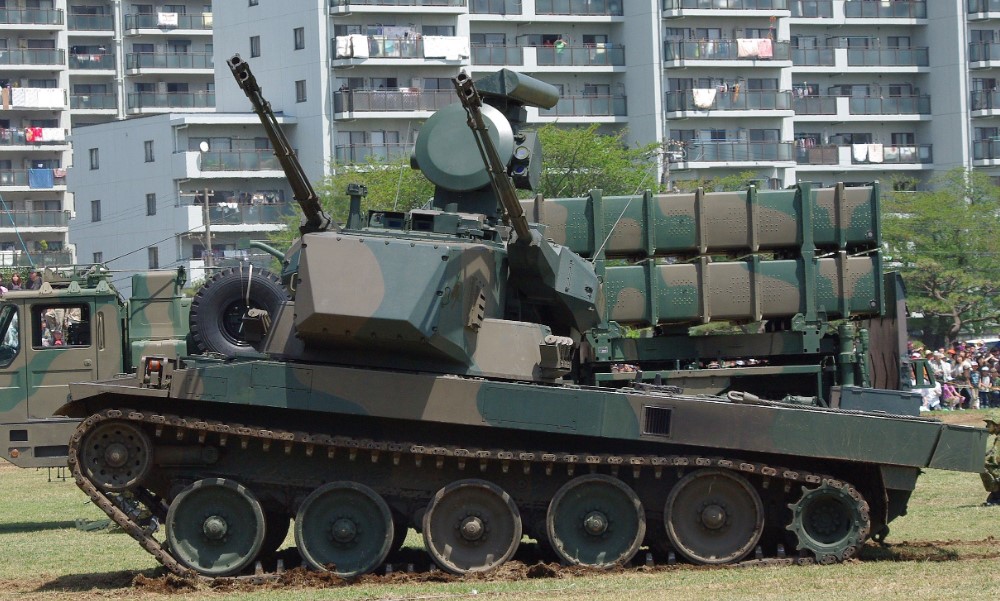
The Type 87 is a self-propelled anti-aircraft system developed by Mitsubishi Heavy Industries for the Japan Ground Self-Defense Force. Built on a tracked chassis, the Type 87 is designed for mobility and can operate effectively in rugged terrains. It features dual 35mm cannons and advanced fire control systems, making it a reliable option for mobile air defense.
- Features:
- Dual 35mm Cannons: The system’s two 35mm cannons provide a high rate of fire, ensuring effective engagement of aerial targets.
- High Mobility: The tracked chassis allows the Type 87 to move through rough terrain, making it ideal for use in various environments.
- Radar-Guided Targeting: The system is equipped with radar for detecting and tracking aerial threats, ensuring accurate engagement even in challenging conditions.
- Price: The Type 87 is priced at approximately $7 million.
- Where to Buy: This system can be acquired through Mitsubishi Heavy Industries.
Benefits:
- Mobility in Tough Conditions: The tracked platform ensures that the Type 87 can be deployed in a wide variety of terrains, from urban environments to rugged wilderness areas.
- All-Weather Capability: Designed to operate in all weather conditions, the Type 87 is reliable in diverse combat environments, ensuring consistent defense performance.
Comparison Table: Modern Anti-Aircraft Guns
| Product Name | Use Case | Advantages | Disadvantages | Price Range | Features |
|---|---|---|---|---|---|
| Rheinmetall Oerlikon Skyshield | Fixed and mobile | Automated, scalable, precise targeting | High cost | $5M | Modular design, automated targeting |
| Bofors 40 Mk4 | Mobile, versatile | Lightweight, versatile | Limited long-range use | $3M – $6M | 40mm caliber, multi-use capabilities |
| Phalanx CIWS | Naval and land | High rate of fire, autonomous | Short range | $8M – $10M | Gatling gun, radar-guided targeting |
| Pantsir-S1 | Fixed, mobile | Long-range, layered defense | Complex maintenance | $13M – $15M | Artillery + missile systems, radar |
| Type 87 Self-Propelled AA Gun | Mobile, rugged | High mobility, all-terrain | Smaller caliber | $7M | Tracked, dual 35mm cannons |
Benefits of Modern Anti-Aircraft Guns
- Comprehensive Air Defense: Modern anti-aircraft systems provide protection against a variety of airborne threats, including drones, aircraft, and missiles.
- Rapid Response: These systems feature advanced radar and electro-optical sensors, allowing for fast detection and engagement of threats.
- Versatility in Deployment: Many modern anti-aircraft guns can be deployed in both fixed and mobile configurations, making them suitable for diverse defense scenarios.
- Cost-Effective Defense: While the initial investment may be high, the long-term protection provided by these systems justifies the cost.
- Scalability: Systems like the Rheinmetall Oerlikon Skyshield are designed to be scalable, making them adaptable to various defense needs.
Where to Buy and How to Purchase
Modern anti-aircraft systems are typically available through defense contractors, such as Rheinmetall, BAE Systems, Raytheon, and Mitsubishi Heavy Industries. Governments and defense agencies can purchase these systems through direct contracts with these manufacturers. For those looking to explore civilian or commercial applications, consultation with these manufacturers is essential.
For example, you can explore the following links to purchase these products:
- Rheinmetall Oerlikon Skyshield
- Bofors 40 Mk4
- Phalanx CIWS
Uses Cases of Modern Anti-Aircraft Gun
Modern anti-aircraft guns are essential components of air defense systems used by military forces around the world. Their versatility and advanced technology enable them to address various use cases in both combat and defense scenarios.
- Protection of Critical Infrastructure
Modern anti-aircraft systems are deployed to protect critical infrastructure, such as military bases, power plants, and government facilities, from airborne attacks. These systems are equipped with radar and automated tracking systems that allow them to detect and intercept threats like missiles, drones, and low-flying aircraft before they reach their targets. - Battlefield Air Defense
In military combat scenarios, anti-aircraft guns provide a vital layer of defense for ground forces. On the battlefield, soldiers are vulnerable to attacks from enemy aircraft and drones. Modern anti-aircraft systems, such as the Phalanx CIWS and Bofors 40 Mk4, are deployed to defend military units and vehicles from airstrikes. - Urban Airspace Defense
In densely populated urban environments, anti-aircraft guns can be used to defend against aerial threats without causing significant collateral damage. These systems can be configured to neutralize incoming threats with high precision, minimizing the risk to civilians and infrastructure. Systems like the Rheinmetall Oerlikon Skyshield are particularly effective in these scenarios due to their automated targeting and controlled fire capabilities. - Naval Defense Against Airborne Threats
Naval vessels, such as aircraft carriers and destroyers, are equipped with anti-aircraft systems to defend against missile attacks and enemy aircraft. The Phalanx CIWS, widely used by naval forces, offers rapid-fire capabilities and autonomous operations to protect ships from potential aerial strikes.
FAQs
- What is the primary function of modern anti-aircraft guns?
Modern anti-aircraft guns are designed to intercept and neutralize various airborne threats, including drones, missiles, and aircraft, to protect military and civilian assets. - How are modern anti-aircraft systems different from older models?
Modern systems feature advanced radar, electro-optical sensors, and automated fire control systems, which allow for faster and more precise targeting compared to older, manually operated systems. - Can these systems be deployed on both land and sea?
Yes, many modern anti-aircraft systems, such as the Phalanx CIWS and Bofors 40 Mk4, are designed to be deployed on both land and naval platforms. - What is the typical cost range for modern anti-aircraft guns?
The price of modern anti-aircraft systems can range from $3 million to $15 million, depending on the specific system, configuration, and platform. - Are these systems available for civilian use?
While these systems are primarily designed for military applications, certain defense contractors may offer consultation for civilian or commercial use, particularly for infrastructure protection.